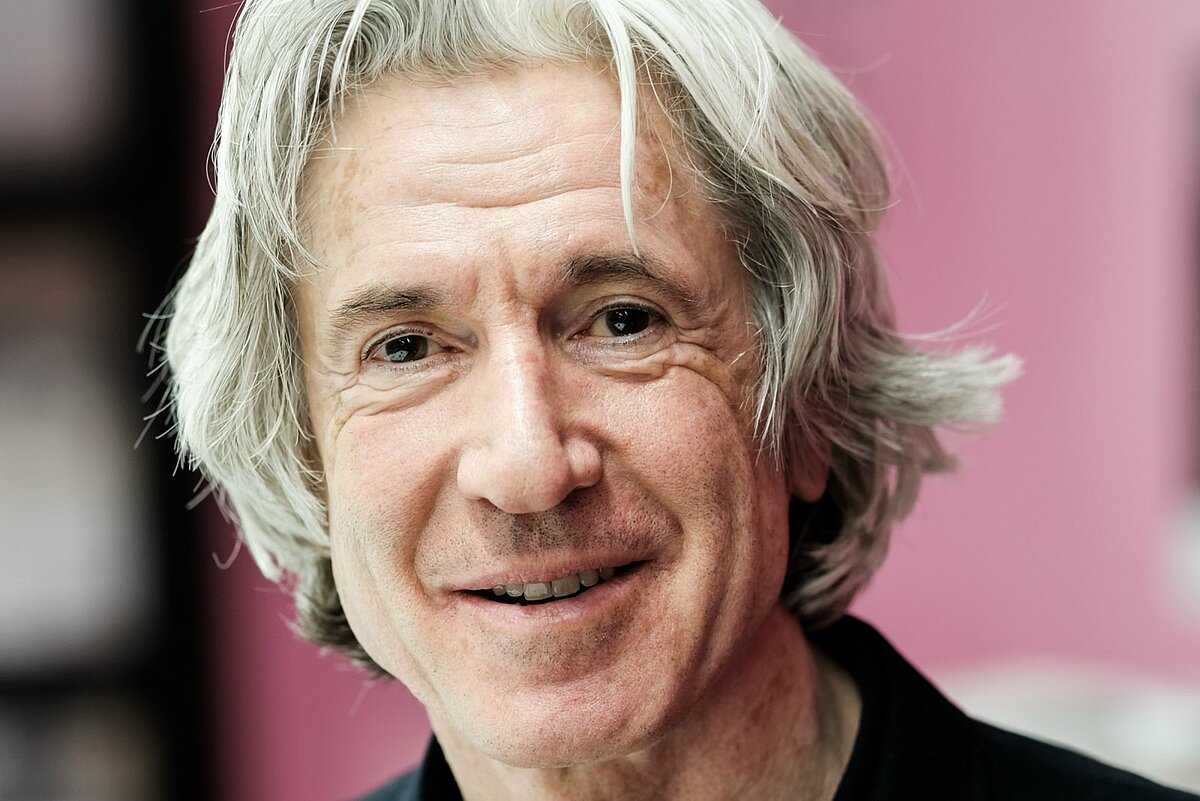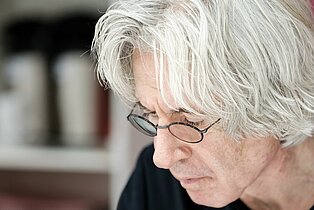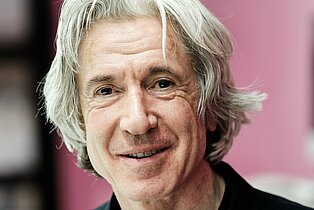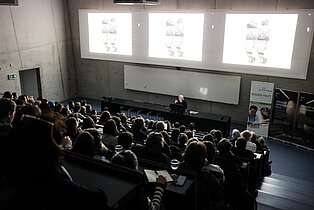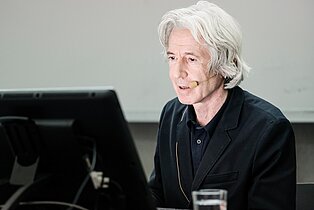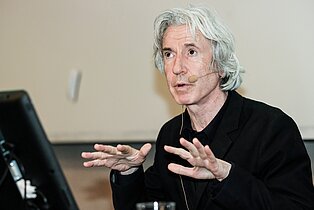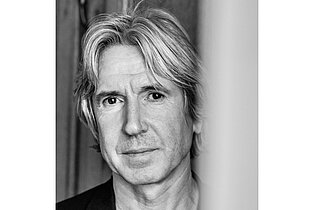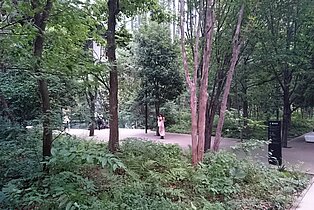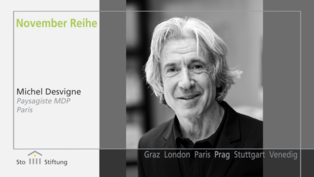Review | Michel Desvigne in Prague
Michel Desvigne: Transforming Landscapes
The third guest of the Prague November Talks 2019 was Michel Desvigne, the French landscape architect and founder of the Paris-based studio Michel Desvigne Paysagiste. Over his thirty years in practice, Desvigne has realised projects in over twenty different countries, on a scale ranging from small public spaces to extensive territorial strategies, while working alongside many world-renowned architects. Addressing the theme of this year’s Prague November Talks - “Transformations: changing boundaries of professions in a changing world” – he was certainly one of the most qualified speakers.
During his Prague lecture, he presented a brief cross-section of his oeuvre: in nearly thirty projects, he demonstrated the themes that interest him in landscape creation and the principles that define it. Starting the lecture were samples from the very start of his practice: large hand-sketched plans (now in the collections of the Museum of Modern Art in New York), which strikingly resembled the now easily accessible satellite photographs.
As the decisive factor in his work, he mentioned the situation when human constructions enter into interaction with natural processes, such as what occurs on a beach when the tides of the sea foam up against wooden wavebreaks. This principle was investigated, for example, in his project ‘Biesbosch stad’, prepared for the Rotterdam biennale, in which he created a kind of reverse landscape: the space of the original river bottom was transformed into a seawall, creating both more space for water as well as space for new urban settlement.
As Desvigne stressed repeatedly during his lecture, the key aspect of a landscape architecture is time management. Thirty years is no scale at all. As a consequence, he conceives even his parks as the placement of layers, gradually, one after the other. This strategy was visible in his project for the transformation of the right bank in Bordeaux. In the effort to strengthen the presence of the landscape along the river, a park was created with the idea that it would grow as further sections of land became available for its construction.
Moreover, a kind of incremental formation of the urban landscape is a strategy simply to allow for the realisation of extensive urban parks in a time hardly favourable to large-scale public investments of this kind. Another path towards realising extensive new parks was presented by Desvigne using the example of the research campus Paris-Saclay, which includes the incremental realisation of a 7-km-long park. The greater area of the park is a functional landscape, ensuring water management and thus receiving the respective funding; the landscape elements also have further use, e.g. for agricultural research.
In his largest-scaled projects, Desvigne seeks inspiration in the American tradition of 19th-century landscape architecture, in particular the work of the landscape architect Fredericka Law Olmsted Jr. Following his example, he studies the natural geography of the site and then tries through his interventions to strengthen it. Extant landscape elements are thus seen as a natural organizing structure for quite large areas. One example of this way of thinking could be the previously mentioned campus of Paris Saclay, where in a very large scale the typical forested hillsides are recognized and reinforced, or the project ‘Detroit East Riverfront’, on which he worked with the studios SOM and IHA. Traces of original watercourses here form the spine of newly conceived parks, to which there will later be attached infrastructure projects of varying type.
Towards the end of his lecture, Michel Desvigne briefly presented several projects for Qatar, where he usually worked with Jean Nouvel (e.g. the landscape designs for the Qatar National Museum or the Museum of Islamic Art), along with several of his ‘urban forests’ – small-scale reproductions of complex forest ecosystems amidst intensively built-up cities (e.g. the park in the university courtyard at Campus Jussieu in Paris, or the park above the Otemachi metro station in Tokyo).
In many of the presented projects, Michel Desvigne’s studio worked with other architects and urbanists (e.g. with the offices Herzog and de Meuron, Xaveer de Geyter or Renzo Piano). In many of these cases, Desvigne headed an extensive team of co-workers, embodying a vital current trend. As was mentioned in the final discussion, only a few years ago large projects of this type were prepared under the supervision of transportation engineers, with some contribution by urban planners, while the landscape architect was brought in only at the end for the ‘greening’ of the completed design. Times, though, are changing, as Michel Desvigne himself noted: “Landscape comes before everything else, even architecture.”
Interview-Video
Michel Desvigne spoke about why it's important to work in different countries.


